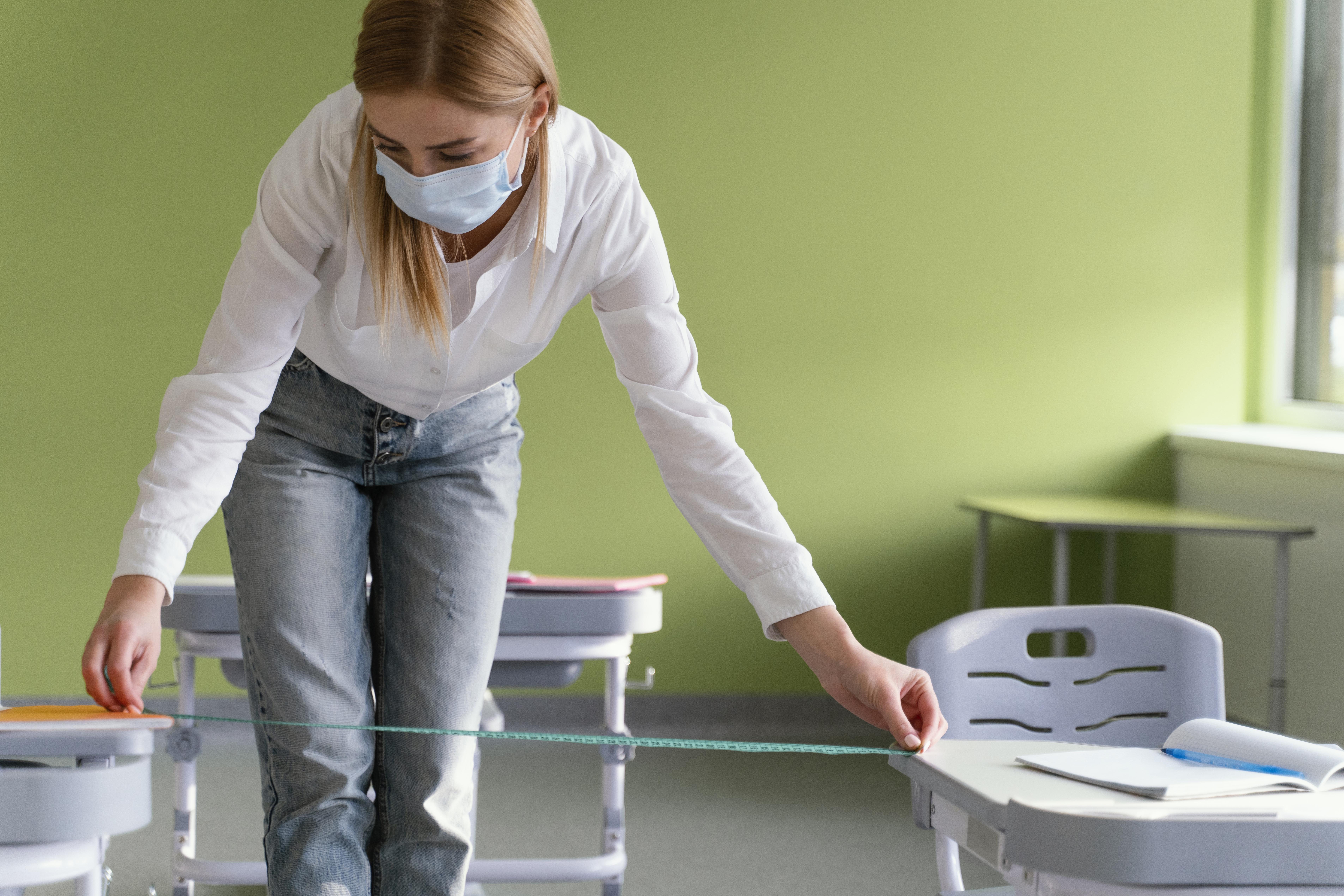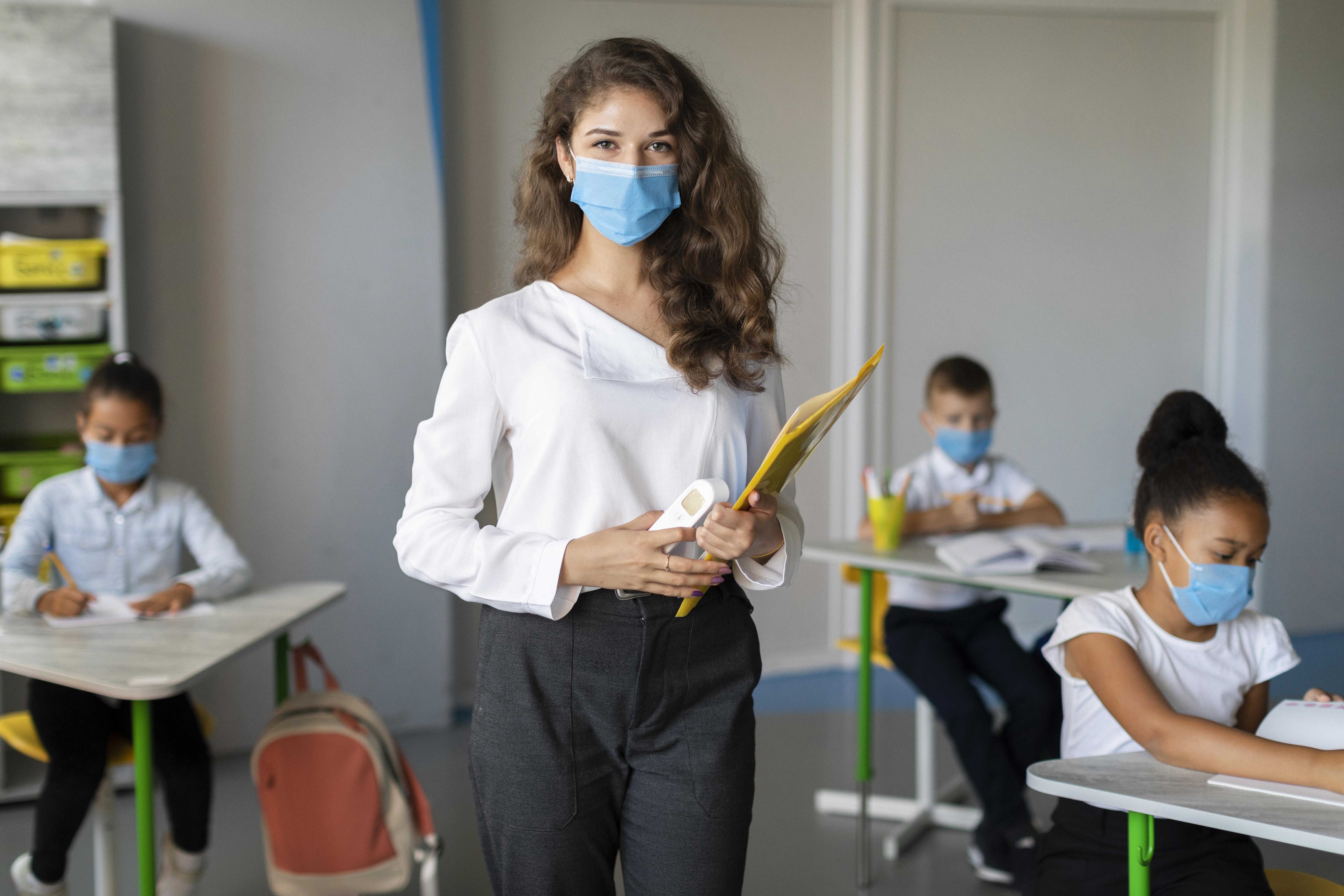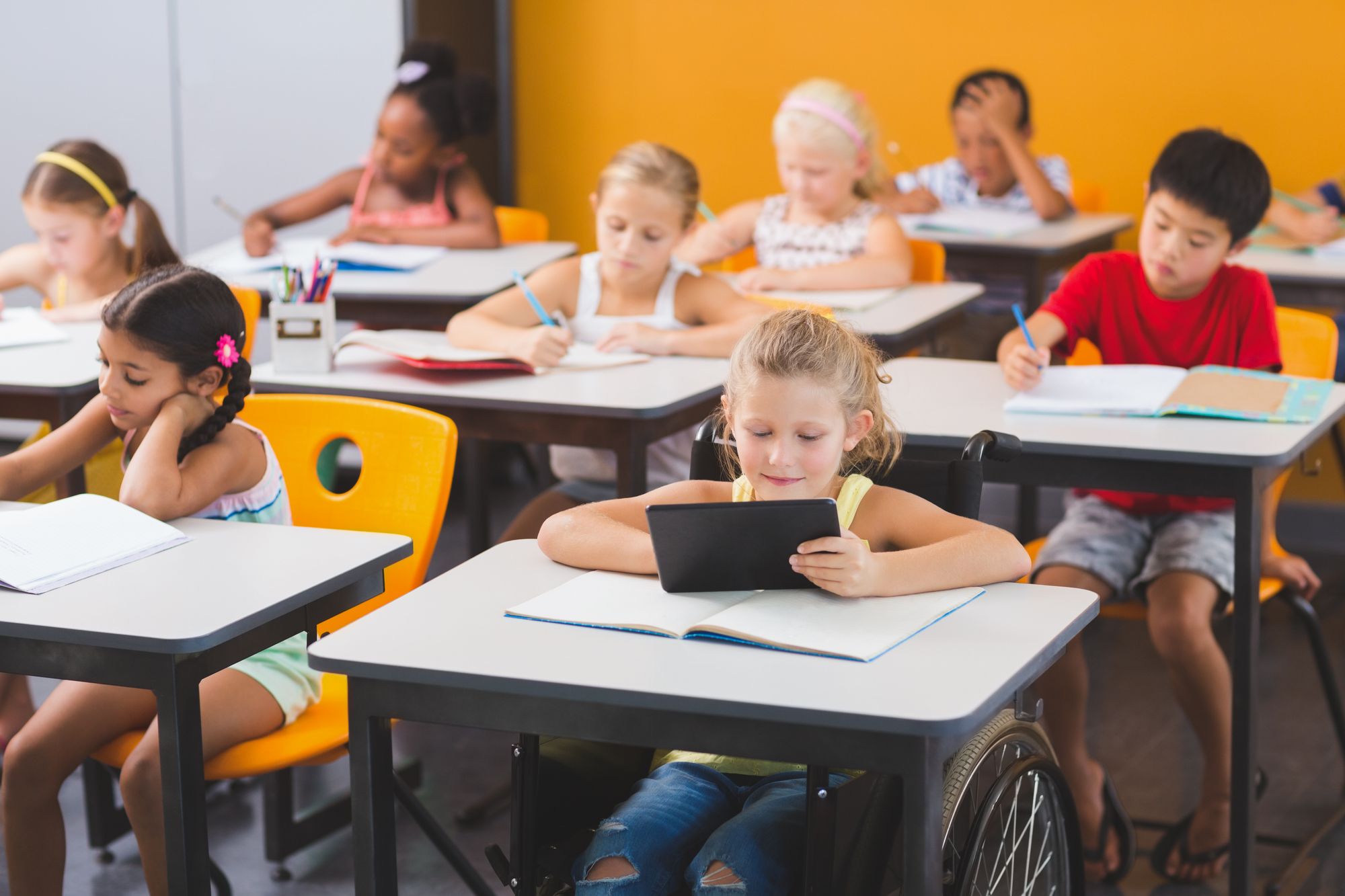Keeping Schools Going During a Pandemic

It is no secret that schools are critical in children’s lives – academic, social and emotional. With the pandemic disrupting lessons and causing abrupt closures, we have to find a way to better live with COVID-19.
Here are some ways we can go about doing this.
1. Strong leadership and good collaboration with the health authorities
Always keep an eye on governing authorities’ news updates and be up to date on the latest safety measures. While it may be hard to predict what comes next, obtaining timely updates could potentially buy your students more time in the classroom, with their friends.
2. Proactively and preemptively keep students and parents updated
Prior to the pandemic, parents were curious about their children’s progress in school. Now, they continue to be curious, but there is an added layer of fear for their children’s safety. Keeping an open channel of communication between schools and parents is important – parents can be our allies in times like these.
Using the LittleLives' Communications feature, for example, helps schools keep parents updated on the school's ongoings–from announcements, daily updates to closures. Parents can also rely on the Little Family Room app (Parent's App) to keep themselves informed or check-in with schools.

3. Strictly enforce personal protective equipment
Of course, on top of adhering to your country’s national guidelines, do what you can to protect yourself, other staff and students. Widespread masking provides not only a physical barrier to viral spread but also forces students to develop the habit of not touching their faces. Especially so with unvaccinated young children.

4. Regular testing - we’re not talking about exams in this case!
Regular and routine testing of students and staff for COVID-19 can ensure the quick detection of new cases and allow for faster treatment and recovery of your student or staff. With testing comes the risk of uncovering asymptomatic cases in the school, but that also means a much higher level of safety for everyone.
There is also a question of whether testing should be made mandatory or voluntary. If schools wish to commit to widespread testing of their students and staff, it should be made a requirement for greater assurance of safety.
5. Improve ventilation in classrooms
Such an infrastructural change of course would take time. However, if there are interim measures that can be taken to reduce the risk of spread within a class, do explore that!
6. Housekeeping and cleaning are not the answer to everything
Devoting manpower and financial resources to deep cleaning the school, but there should be much more than that when it comes to keeping the school safe. Vaccination, mask-wearing and maintaining a high level of personal hygiene are crucial ways everyone can protect themselves.
7. Educate parents so they can educate their children too
Schools can support parents by equipping them with the relevant information to manage their children at home. Both parents and teachers can work together to keep an eye on students, making sure that if they are unwell, they receive the rest and treatment needed as soon as possible.
This can be done via the LittleLives' Bulletin feature where they can share informative resources with parents. Parents can then always refer to the bulletins for first-hand information.
Reopening schools is hard, but keeping them open could arguably be harder. However, with the right support from the government, community and your own staff, it may not be impossible. Being equipped with the right school management tools as well could a huge load off teachers and staff. Consider using LittleLives, a school management system used in 12 different countries.



